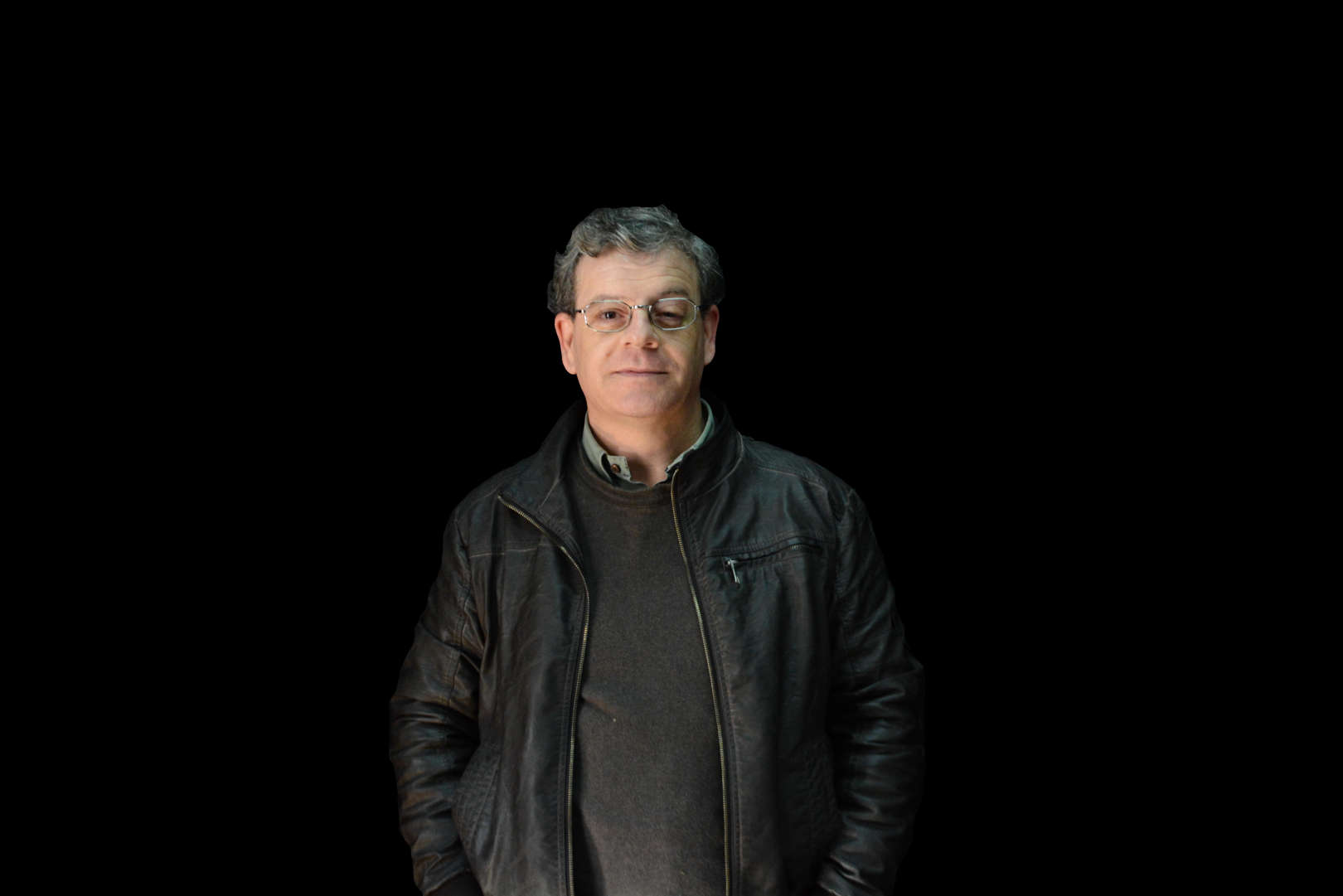About
José Manuel Marques Martins de Almeida, completed his PhD degree in Physics in 1998 at the University of Porto.
He is Associate Professor with Habilitation at University of Trás-os-Montes e Alto Douro School of Sciences and Technology.
As of February 2025, he published 112 articles indexed in SCOPUS, 25 book(s) and 2 section(s) of books. He has an H-index of 23 (WOS).
He collaborated in the supervision of 5 PhD students, 15 MSc students and 16 “End of course projects” (Seminar) . He is currently involved in the supervision of 3 MSc students and 3 PhD students.
He works in the area of Physical Sciences with emphasis on Nanotechnology, Nanophotonics, Biosensors and Electromagnetic Surface Waves.
In their professional activities interacted with 141 collaborator(s) co-authorship of scientific papers.


